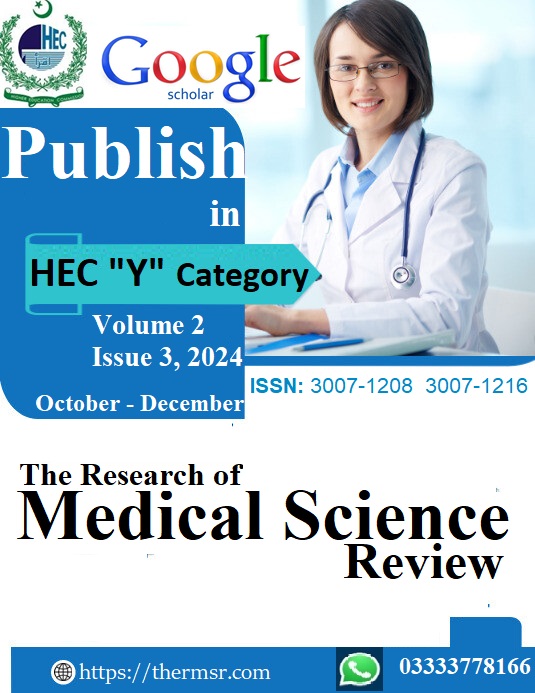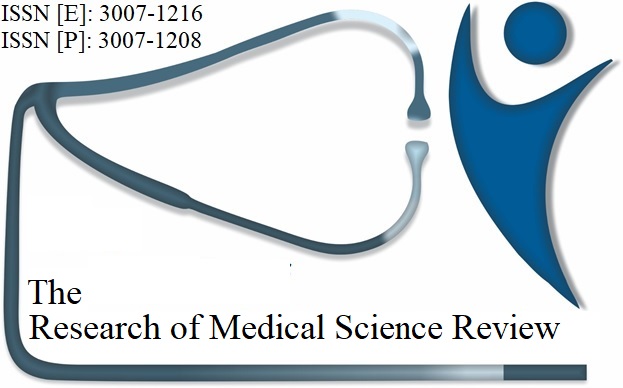INVESTIGATION OF UTIS CAUSING BACTERIA AND THEIR SENSITIVITY PROFILE AMONG THE POPULATION OF BAHRAIN SWAT
Keywords:
Urinary Tract infection, Isolation, Identification, Sensitivity profileAbstract
Background: In Pakistan, urinary tract infections (UTIs) are among the most prevalent bacterial infections. Antibiotics resistance is increasing quickly which has led to a shortage of accessible treatment choices.
Objective: The purpose of this study was investigation of UTIs causing bacteria and their antibiotics susceptibility pattern in the population of Bahrain swat
Methodology: The current cross sectional study was carried out at the department of Microbiology, GDC Madyan Swat for a period of six months from December 2023 to May 2024. Urine samples from the suspected patients were collected in sterile urine bottles. All the samples were cultures on CLED media. Bacterial species causing UTIs in population were identified based on microscopy and biochemical tests. Antimicrobial susceptibility tests were performed on bacterial isolates using Kirby-Bauer disc diffusion method. All the data was analyzed by using SPSS version 24.
Results: In our study, a total of 200 patients were enrolled. Amongst 200 patients, 50 (25%) urine samples were culture negative while 150 (75%) samples were culture positive. E.coli, staphylococcus saprophyticus, staphylococcus aureus, Enterococus faecalis, pseudomonas aeruginosa , proteus mirabilis and klebsiella pneumonia were the bacterial species isolated from the individuals studied. The most frequent bacterial specie responsible for UTI was Escherichia coli and the least frequent was Enterococus faecalis. Majority of the isolates showed resistant to the test antibiotics in the study however among the tested antibiotics imipenem was the most effective antibiotics.
Conclusion: Our study concludes that the prevalence of UTIs is high (75%) amongst people of Bahrain Swat. Our findings also showed that the isolates were resistant to majority of the antibiotic. As a result, management plans based on uropathogen susceptibility patterns must be developed. Furthermore, it is necessary to properly educate the public on the cause of disease spread and preventative measures.
Downloads
Downloads
Published
Issue
Section
License

This work is licensed under a Creative Commons Attribution-NonCommercial-NoDerivatives 4.0 International License.















